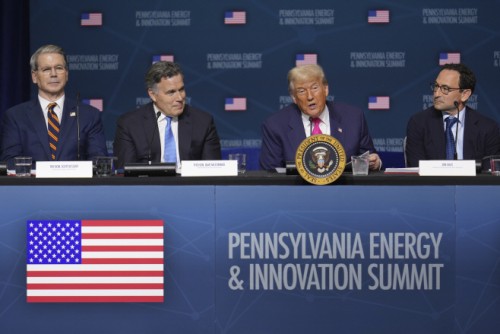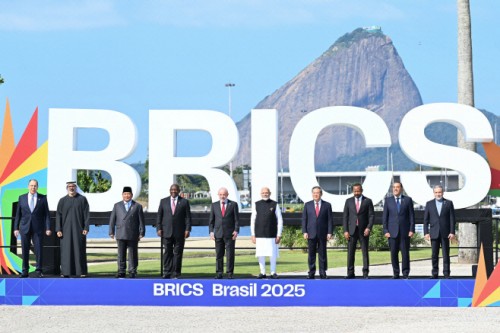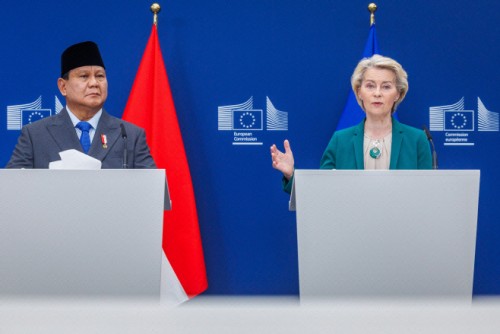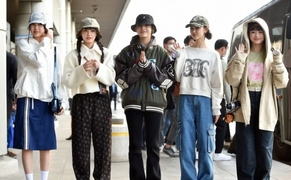 |
| U.S. President Donald Trump (third from left) speaks during the first "Pennsylvania Energy and Innovation Event" held at Carnegie Mellon University in Pittsburgh on July 15. Listening from left are Treasury Secretary Scott Bessent, Sen. Dave McCormick (R-PA), and John Gray, COO of Blackstone. / AP-Yonhap |
US President Donald Trump announced on July 15 that the United States has reached a trade agreement with Indonesia, lowering tariffs on Indonesian goods from 32% to 19%, while eliminating tariffs and non-tariff barriers on U.S. exports.
This marks the third major trade pact under Trump’s reciprocal tariff strategy, following agreements with the United Kingdom and Vietnam since his sweeping tariff announcement on April 2.
The newly agreed 19% tariff on Indonesian goods is a sharp reduction from the previously planned 32%, which Trump had communicated to Indonesian President Prabowo Subianto in a letter earlier this month.
 |
| Leaders from ten countries pose for a group photo during the 17th BRICS Summit in Rio de Janeiro on July 6. From left: Indonesian President Prabowo Subianto (third), South African President Cyril Ramaphosa, Brazilian President Luiz Inácio Lula da Silva, Indian Prime Minister Narendra Modi, and Chinese Premier Li Qiang. / Xinhua-Yonhap |
The deal includes commitments by Indonesia to purchase $15 billion worth of American energy products and to buy 50 Boeing aircraft—mostly 777 models. It also grants what Trump called “Complete and Total Access” for U.S. agricultural and seafood exports to Indonesia’s market of 280 million people.
"American farmers, ranchers, and fishermen now have full and complete access to the Indonesian market for the first time," Trump posted on Truth Social and reiterated to reporters before departing for Pittsburgh.
However, the new 19% rate is unlikely to apply to certain products like copper, which will remain subject to a separate 50% tariff starting August 1.
Although the total trade volume between the U.S. and Indonesia remains below $40 billion—ranking outside the top 15 U.S. trade partners—it has shown steady growth. According to Reuters, U.S. exports to Indonesia rose 3.7% last year, while imports increased 4.8%, resulting in a $18 billion goods trade deficit for the U.S.
Trump added that any goods rerouted through Indonesia will still be subject to additional duties beyond the 19% tariff.
The timing of the agreement is noteworthy as President Prabowo Subianto continues to intensify his engagement with non-U.S. partners.
 |
| European Commission President Ursula von der Leyen (right) and Indonesian President Prabowo Subianto hold a joint press conference at the European Commission headquarters in Brussels on July 7. / EPA-Yonhap |
On July 13, he met with European Commission President Ursula von der Leyen in Brussels, reaching a political agreement on a Comprehensive Economic Partnership Agreement (CEPA) that will eliminate tariffs on 80% of goods within one to two years.
Just days earlier, on July 6–7, Prabowo attended the BRICS summit in Rio de Janeiro alongside leaders from China, India, Brazil, and South Africa.
He also met with Chinese Premier Li Qiang on June 25 in Jakarta, reaffirming Indonesia's commitment to a comprehensive strategic partnership with China and its traditional non-aligned foreign policy.
Most Read
-
1
-
2
-
3
-
4
-
5
-
6
-
7





















